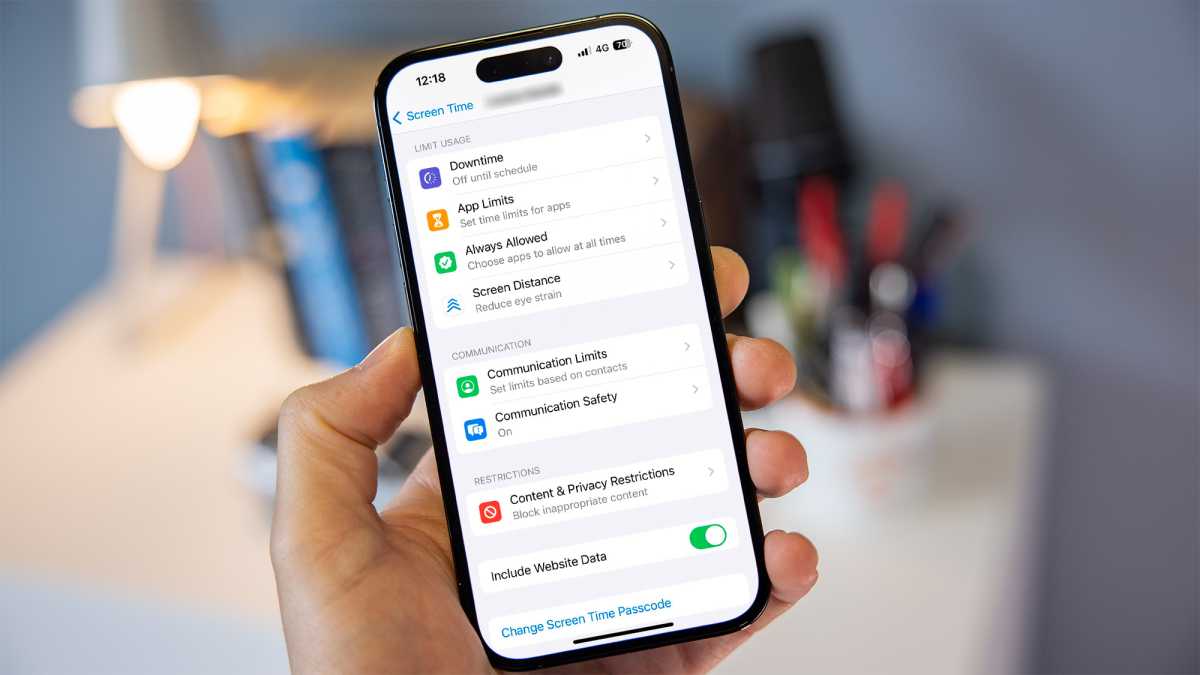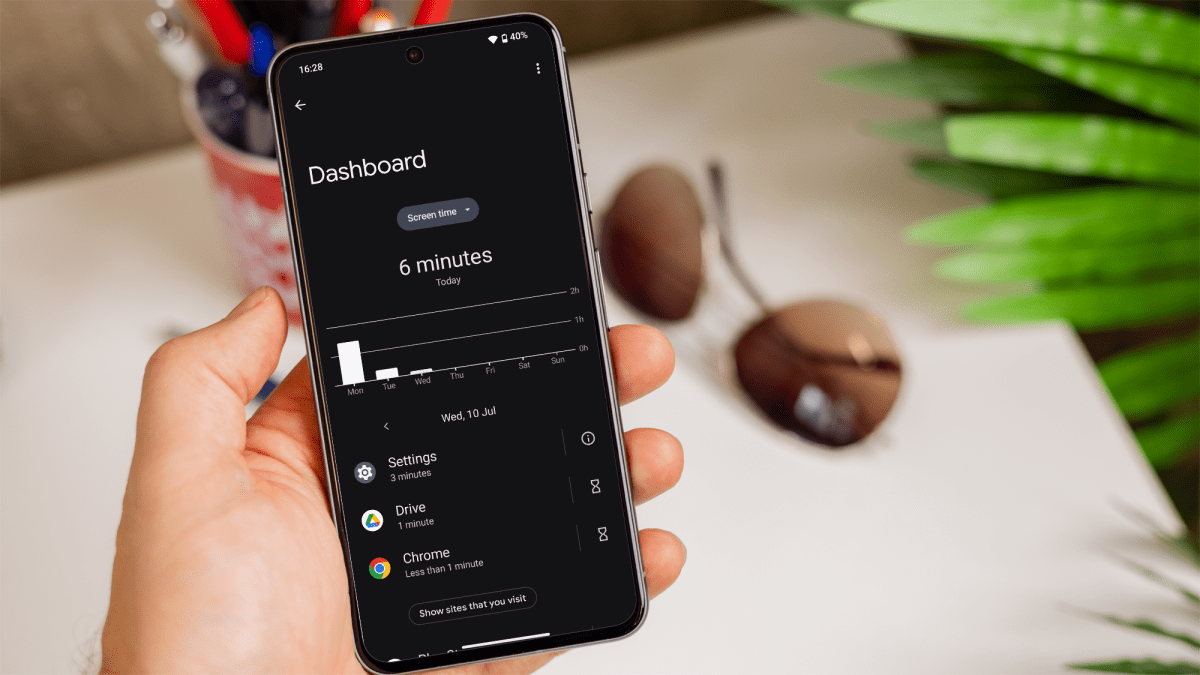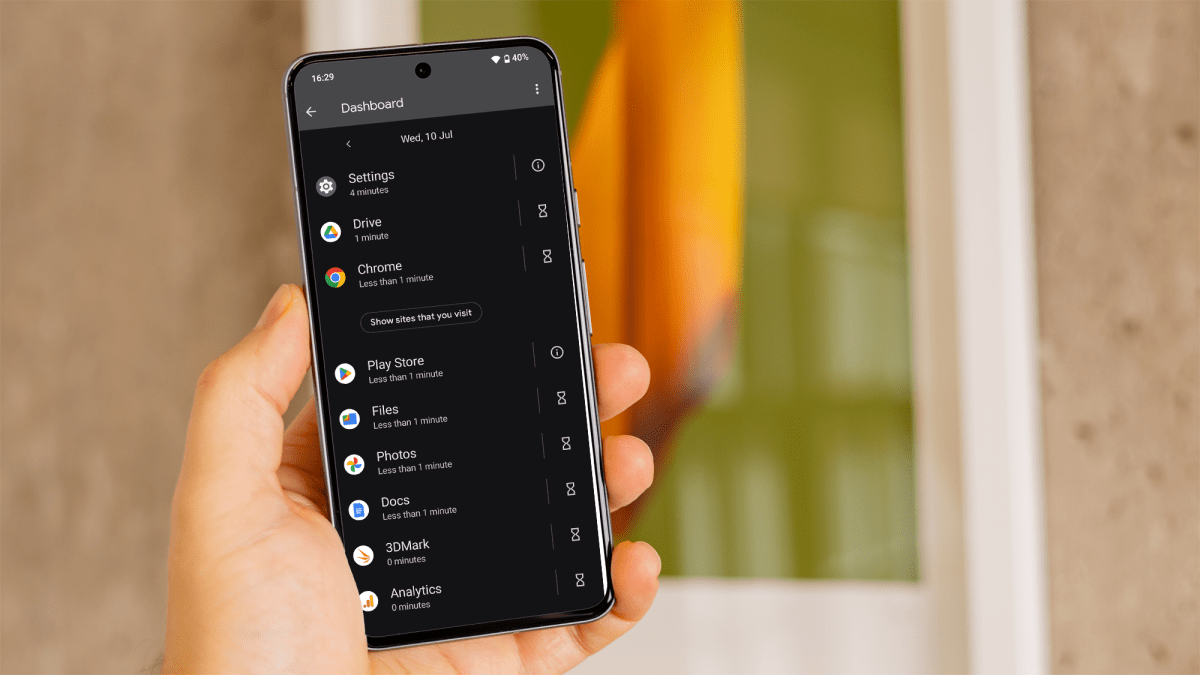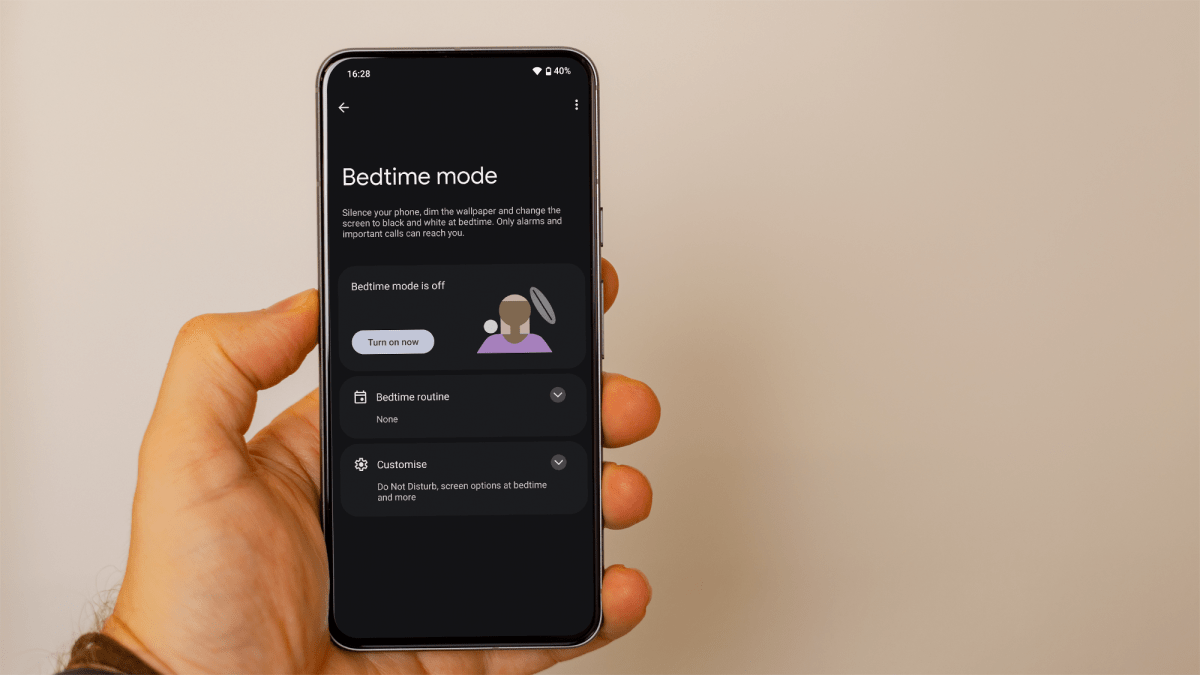It’s easy to lose track of how much time you spend on your phone. Whether it’s scrolling through social media, playing games or messaging friends, your screen time can quickly add up.
Fortunately, the best Android phones and best Android tablets offer a handy feature to help you monitor and manage your screen time.
What is the Android version of Screen Time called?
If you’re wondering about tracking how much time you spend on your phone, Android’s got you covered, with a feature called ‘Digital Wellbeing’. It’s pretty much the Android equivalent of Apple’s ‘Screen Time’, if you’re familiar with the best iPhones.

Dominik Tomaszewski / Foundry
Digital Wellbeing helps you monitor your app usage, how many times you unlock your device and even how many notifications you get. It’s all about helping you manage your screen time better in order to develop healthier digital habits.
How to check your screen time on an Android device
Checking your screen time on an Android device is super easy. Here’s how you do it:
- First, unlock your phone and open the ‘Settings’ app. You can find it in your app drawer or by tapping the gear icon in your notification centre.
- Once you’re in ‘Settings’, scroll down until you see ‘Digital Wellbeing & parental controls’, and tap on it.
- Here, you’ll see a dashboard that shows you a summary of your screen time, including which apps you’ve used the most, how many unlocks and notifications you’ve received. Tap on the dashboard for a more detailed breakdown.

Dominik Tomaszewski / Foundry
Now you can see exactly where your time goes when you’re on your phone.
Do Android phones have screen time limits?
The short answer: yes, they do. Android phones allow you to set limits on your screen time through the same ‘Digital Wellbeing’ feature.
You can set app timers that limit how long you can use specific apps each day. Once you hit these limit, those chosen apps are paused for the rest of the day.

Dominik Tomaszewski / Foundry
To set this up:
- Open your ‘Settings’, go to the ‘Digital Wellbeing & parental controls’ section and tap on the dashboard.
- This will show you a list of your device’s apps and how much time you spend on each.
- Tap the hourglass icon next to the app you want to limit and set the amount of time you want to allow yourself to use it each day.
This feature is handy for those apps you can’t seem to put down, like social media or games.
How to reduce your screen time
As mentioned earlier, setting limits on your apps can help you control your usage. ‘Digital Wellbeing’ also has a ‘Focus Mode’ that lets you pause distracting apps when you need to focus. You can turn it on manually or schedule it for specific times of the day.
Additionally, ‘Bedtime Mode’ helps you wind down before bed by silencing your phone and changing the screen to grayscale designed to make using it less appealing.

Dominik Tomaszewski / Foundry
Elsewhere, you can limit your notifications to essential apps only. You can do this in the app settings, by adjusting the notification preferences for each app.
Lastly, setting reminders to take a break from your screen might be a good habit as well. This can be done using built-in features on your phone or through third-party apps designed to help manage screen time.
By making use of these tools and tips, you can gain better control over your screen time and make sure your Android phone or tablet usage stays healthy and balanced.


